The Essential Guide to Permaculture Animals
The use of permaculture animals can be a huge benefit to your permaculture design.
Their natural behaviour is a plus to the prosperity of a sustainable and natural ecosystem. They contribute to building a long-term natural and proliferating environment.
But trying to integrate permaculture animals can be overwhelming.
Wondering how, where, and why to start? We got you!
Today, our French permaculture enthusiast, Marine Lacoste, will share :
- The Permaculture Farming Approach
- The Benefits Of Permaculture Animals
- How Can Animals Be Used To Build And Maintain A Food Forest?
- The Different Types Of Permaculture Animals
- How To Integrate Animals In Permaculture
- The Permaculture Livestock Needs
- What About Pets In Permaculture?
“In permaculture, we try to build a habitat that will address the needs of the animal while providing a yield for people, too.” Jessi Bloom, bestselling author of Free-Range Chicken Gardens and Practical Permaculture.
DISCLOSURE
Some of the links on here are affiliate links and I may earn if you click on them, AT NO EXTRA cost to you. Hope you find the information here useful! Thanks.
Related Articles:
- How to Start Your Own Permaculture Vegetable Garden
- How To Keep Foxes Away From Chickens [Practical Solutions!]
- How To Get Rid Of Pot Worms [A Quick And Easy Guide ]
- What Size Grow Bag For Tomatoes Is Best?
- Your Guide to 17 Best Gardening Hats
- 9 Best Permaculture Plants !
- Permaculture Flower Garden – Benefits of an Organic Garden
- Permaculture Gardening for Beginners – How to Get Started
The Permaculture Farming Approach
Permaculture is about having things work together harmoniously. And permaculture farming is about bringing the right permaculture animals and plants to support each other in one system.
One big concept of permaculture is to use resources from nature to limit the consumption of non-renewable resources.
The Use of Animal’s Natural Behaviour
Animals have a natural tendency to provide useful work when it comes to garden and farm maintenance.
Take advantage of healthy animal-plant relationships to support your garden. For example cows, goats and sheep mow pasture and feed on weed, and worms turn food waste into fertilizer.
Recycling And Waste
Having permaculture animals can help when trying to reduce waste.
You can feed your animals food scraps. It’s one step toward a “zero waste” principle. Waste of animals, called manure, can also be an amazing resource in farming, as it’s full of nutrients.
To reduce the number of trips to your animal pen, you can place your food scraps into a compost bin, and give them to your animals all at once when it’s full.

The Benefits of Permaculture Animals
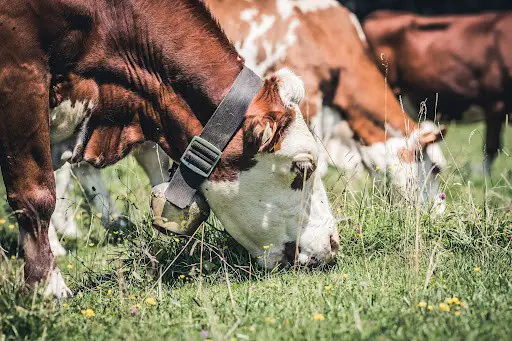
Besides the fact that permaculture animals are more cost-effective than conventional farming, they also positively impact the ecosystem and provide useful work.
They help stabilize the ecosystem and provide resources.
Improves Soil Fertility
Animals can indirectly improve soil fertility. Manures can be turned into compost and used for fruit trees. It improves soil texture and decomposes leaf litter more easily.
Controls Pest Population
Livestock foraging is a very handy option when you need natural pest control. Natural predators are an effective way to protect your garden.
Especially insects such as ladybirds, beetles, and more, that are perfect to keep unwanted parasites at bay.
Decomposing Polluants
Worms decompose pollutants from waste, such as heavy metals, while keeping beneficial nutrients such as phosphorus, potassium, and nitrogen.
Animal manure can help to balance the soil nitrogen, potassium, and other mineral components by adding manure to the soil.
On the other side, having healthy soil and plants is very important so your animals can stay healthy. Pasture animals need large amounts of potassium, sodium, and calcium.
Vermicomposting is a great way to turn your kitchen scraps into high-quality nutrient-rich soil using earthworms. Get yourself a vermicomposting kit to get nutrient-rich soil that will quite literally boost your fruiting plants

Lawn Maintenance
Grazing animals are the perfect sustainable and eco-friendly way to keep your grass well-trimmed and free of weeds. They save you from chop and drop routines which take time and can be tedious, especially on bigger sites.
Goats, sheep, cows, chickens and even guinea pigs are the best mower animals whether it’s a large area of grass or a small patch of weeds.
Rotational grazing is a well-used practice that involves mimicking the grazing patterns of herd animals in grasslands.
It requires limiting the portion of a parcel of land that animals can graze at one time. One example could be starting with cows and grass-ruminants, and following with chickens to scratch and turn over the soil and clean up weeds.
Harvesting
When farming with animals, the first yield we might think of is harvesting. Chickens will give you eggs, sheep will give you milk and wool as well as cows and goats.
How Can Animals Be Used To Build And Maintain A Food Forest?
Food forests are gardens designed like forest edges that provide an abundance of food with very little input.
Livestock can be very useful to build and maintain large-scale food forests by reducing labour and fossil fuel uses.
You can use for the site preparation:
– Goats: clearing brush
– Pigs: tilling
– Sheep, chickens: mowing
You can use animals for your site maintenance:
– Geese: weeding
– Chickens, ducks, turkeys, guinea fowls: pest control
– Hogs, chickens, turkeys: drops eaters, meaning they clean up the ground from fruits, veggies, and leaves that fall.
Here is a useful article about how to integrate livestock in the food forest.
The Different Types Of Permaculture Animals
Poultry
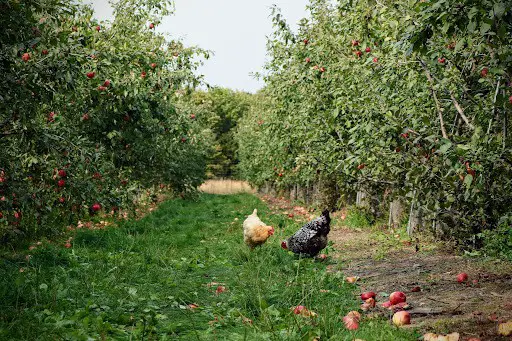
Chickens
The benefits of keeping chickens go far beyond fresh eggs for breakfast. You can create a very productive system when chickens are well harnessed whether it’s on a small or large scale garden.
Benefits of having chickens:
- Produce manure, rich in nitrogen
- Natural pest control
- Clean up the garden from weeds
- Scratch and turn over the soil
- Meat and eggs
Things you need to do, learn, and know about chickens:
- Learn how to care for hatchling chicks
- Put fences
- Protect your edible plants
- Chickens eat kitchen scraps, grains, lentils, nuts, and seeds. Easy and cost-effective!
- Chickens live in flocks
- Healthy chicken can lay up to one egg every day.
- Protect them from predators.
Check this resource if you want to know more about how to integrate chicken into your garden.
From my experience, chickens are a great way to start! They are easy to care for, prepare and fertilize the soil and they give you eggs in return! Getting a movable chicken run will allow you to control their consumption, whilst also enabling them to prepare patches of soil you would like to later plant on.

Turkeys, Ducks, Geese
Not only chickens are good birds in permaculture. You can also have turkeys, ducks and geese. They all produce meat and eggs and can provide great benefits to your garden system.
Grazing Animals
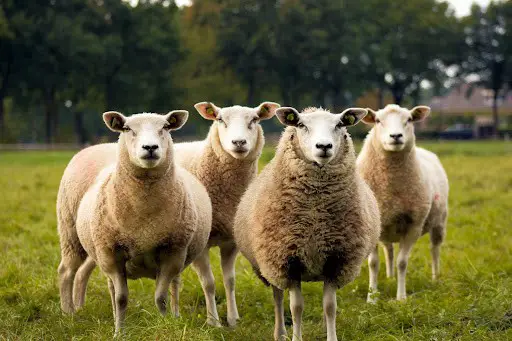
Sheep
Benefits of having sheep:
– Clear weeds
– Eat small grass
– Less damage than goats
– Meat, milk, and wool
Things you need to do, learn, and know about sheep:
– Sheep need to be sheared every year (health and comfort matter)
– Choose the right breed according to your type of land and doing
– Might need to protect from predators
Goats
Goats are actually called browsers and not grazers. They prefer trees and shrubs to grass.
Benefits of having goats:
– Eat bushes, trees, and hay
– Milk
Things you need to do, learn, and know about goats:
– Goats eat a lot, so you’ll need a sufficient food budget
– Put good fencing, goats can jump and are very agile
– What goats eat impact the flavour of their milk
– Dairy goats need to be milked at least once a day
– Might need to protect from predators
Cows
Cows are bigger than sheep and goats and so require more space.
Benefits of having cows:
– Eat long grass
– Meat and milk
– Rebalance carbon % in soil
– Produce great manure
– Can be used for intensive grazing
Things you need to do, learn, and know about cows:
– Cows require space
– Might need to protect from predators
Bees
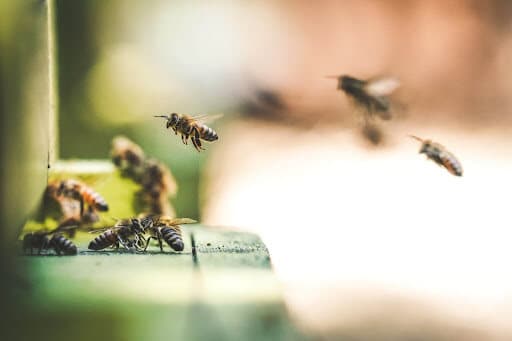
Bees are one of the most precious resources on earth.
Einstein once said that humanity wouldn’t last more than four years if bees were to disappear.
And the decline in the number of bees seems to have given rise to an increase in the number of people who want to be beekeepers.
Thanks to permaculture and natural beekeeping, bees are back to being bees with a healthy colony and hive and a minimum of interaction.
Get started now by getting your very own beehive starter kit, and start harvesting your own natural honey.

Benefits of having bees:
– Produce honey
– Pollination
– Vital for the ecosystem
– Great way to reinstall bees in an urban area
Things you need to do, learn, and know about bees:
– Preserve humidity and temperature of the hive
– Preserve the food resources for winter
– Bees eat honey and pollen
– Interfere the less you can with the colony
– Provide foraging resources, such as plants and trees
– Protective gear for the beekeeper
– Research rules and regulations according to your area
Worms
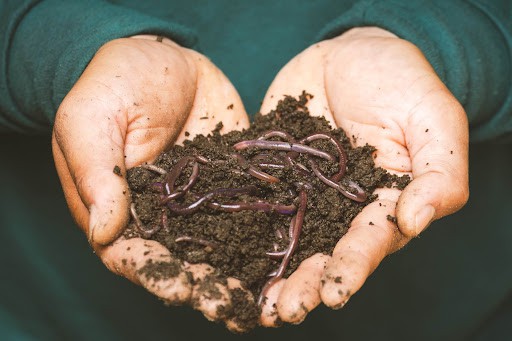
Worm farming, known as vermicomposting as well, is a very easy way to get great fertilizer with very little time and effort. Even on a small-scale garden such as a balcony, you can set up a worm farm.
But worms are also a perfect fit for large-scale gardening.
Benefits of having worms:
– Turn food scraps and manure into rich compost and produce a fertilizer called “Worm Tea”
– Can be used for plant beds to aerate the soil
– Can feed poultry
– Takes very little space and effort
– Faster than conventional composting when fed food scraps
– Can also eat newspaper and unprinted cardboard
Things you need to do, learn, and know about worms:
– Can double volume every six months
– You can either buy or DIY your worm farm
– They are different worm breeds!
– If they’re not fed, they die
Here is a great guide if you want to know more about worm farming and worm composting.
Insects
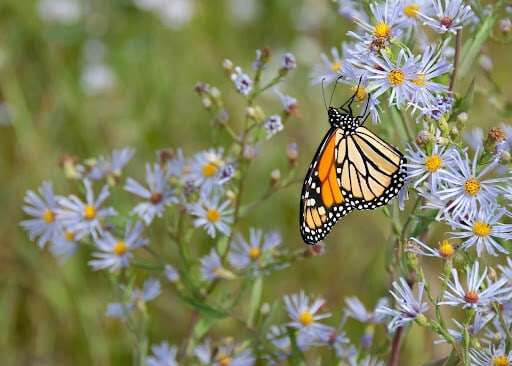
Insects are a very important component of wildlife and therefore for your permaculture design.
Since they’re not going away it’s worth learning how to manage the insect population for optimal benefits.
Increase your insect varieties and population by planting a mix of flowers for them to eat and enjoy.

Benefits of having insects:
– Pollinated plants
– Natural pest control
– Balance of the ecosystem
– Maintain soil fertility
– Food for other animals
– Avoid the use of chemicals
Things you need to do, learn and know about insects:
– Climate, environment, predators and human interaction affect insects
Here is a list of 12 beneficial insects for your permaculture plot.
Alpacas
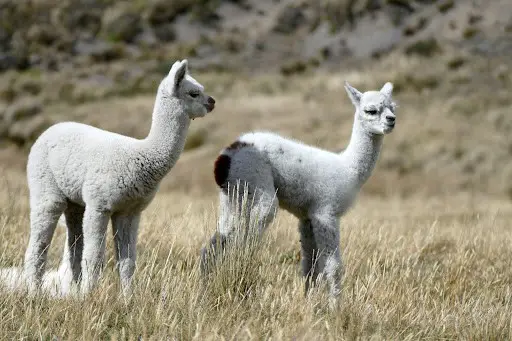
You’ve certainly heard of Alpacas, fluffy and friendly animals known for their fleece and adorable face with camel-like lips.
Loved by kids and grown-ups, they don’t bite or butt, making them potential new best friends.
Benefits of having alpacas:
– Graze grass
– Browse brushes
– Alpaca bean tea, manure tea
– Produce alpaca fleece
– Sturdy animals
– Don’t churn up the soil
Things you need to do, learn, and know about alpacas:
– Alpacas don’t really like cuddles
– Alpacas spit! but not as often as Llamas
– You’ll need to get more than one, they like the company
– They are only two breeds: the Huacaya (wah-KI-ahs) and the longer-haired Suri (SOO-ree)
– Prices can go from $200 to $60,000 per Alpacas
– Requires a shelter for bad weather
– Need to be sheared once a year
How To Integrate Animals In Permaculture
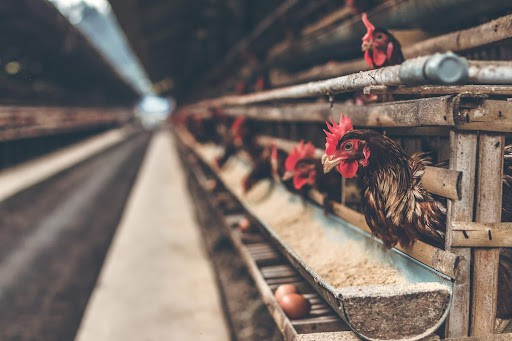
To benefit from animals in permaculture it’s essential to know how to observe, build and manage an ecosystem that allows beneficial relationships between plants, animals, land, air, and water.
It only requires the right animals with the right plants and space.
What Type Of Land Suits Best?
The first factor you should think about is your resources.
Budget, structure, space, all come first when thinking of welcoming animals in your design.
The essential resource you need to have is space, but you don’t need a large-scale land to have animals, worms can fit in a bin on your balcony.
You only need to observe and adapt the right animal to the right space. Whether it’s on a balcony or farmland you can integrate animals into your permaculture design.
So ask yourself:
– Does the animal need a lot of space?
– Does it need a pond?
– What animal fit on a balcony, backyard garden, courtyard garden, fields land?
– Does it need to run?
– Does it pasture?
Work With Nature Not Against it
Even though it is necessary to bring back wildlife into the permaculture system it’s primordial to insert animals, whether they are domesticated or wild animals, into appropriate habitat and in sync with nature.
This could mean working with species that are already on your land and using their natural behaviour to your advantage while preserving their habitat.
And when integrating new animals into your ecosystem always refer to their needs and natural behaviour to make sure they’ll prosper into this environment.
So it’s sometimes better to start small and observe.
Maintaining Balance
When integrating animals into a permaculture system it’s all about balancing animals, plants, and humans all together to create a sustainable ecosystem.
You will find yourself following a circle of life :
1. Growing plants
2. Plants feed animals
3. Animals produce manure
4. Manure feeds plants
It’s good to know that things change so to maintain the balance you might need to adjust with seasons, animal growth, etc.
The Permaculture Livestock Needs
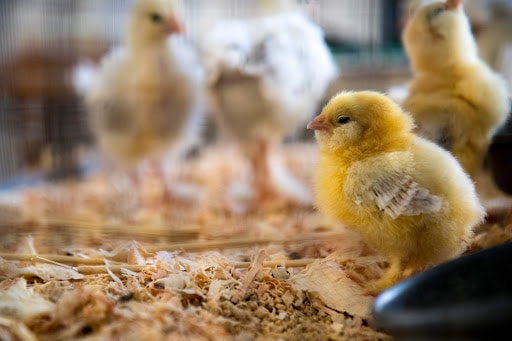
All animals have needs and require responsibilities. Whether they’re cows or worms you have to consider how much it takes to care for them.
Check carefully if you can meet all of them.
Health And Wellbeing
Food
– What it needs to be healthy, how much, how often, and what to feed every day.
– What about treats?
– Which plants to grow to provide much of their food?
Water
– How much and how often do they need to drink every day?
– How to keep the water clean?
– What about winter if the water freezes?
Space
– How much space does your animal need?
– What does it do? Maybe it runs a lot.
– Free-ranged/paddocked/mobile?
– Does it need a structure to keep it in?
– What about predators?
Shelter
– Does your animal tolerate not having a shelter all the time?
– How much space does it need?
– How do they sleep, lay eggs, be milked?
– Do you need to keep it warm?
Time
Taking care of animals requires time. Always consider having someone to take care of them when you are sick or going on vacation.
So you might need to have staff depending on the scale of your land and the number of animals.
Maintenance
Tasks
– Cleaning the structures
– Feeding the animals
– Harvesting/milking/…
Animal waste
– How does the animal poop?
– Do you want to use it?
– Do you need special materials?
– How to process the waste?
– How to use manure?
– What are precautions you need to take?
Cost
– Structure
– Food
– Vet
– Staff
Extra Attention
Even though it seems quite obvious, you might need to ask yourself if being around animals is your thing.
– What are your feelings about animals?
– Can you express kindness and care for animals?
– Can you be patient?
What About Pets In Permaculture?
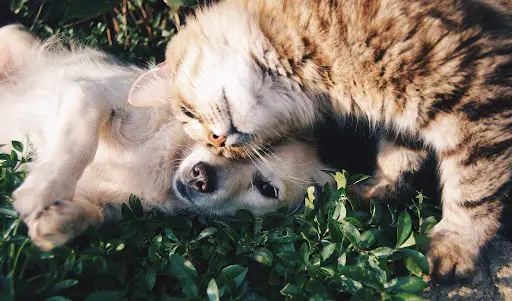
Whether pets are already part of your permaculture system or you’re about to welcome a new one, it’s always important not to leave it out of your permaculture design.
The benefits of pets in a permaculture design go beyond companionship.
Cat
Keep mice and rats at bay.
Dog
Protect and control animals.
Sheep
A lot of people are also keeping sheep as pets since they are docile and gentle with kids and easy to handle.
What Is A Permaculture Designer?
A permaculture designer is someone who designs resilient, sustainable, and permaculture-based gardens, landscapes, and ecosystems.
Those designs are based on permaculture principles and require different skills such as landscape design, architecture, waste management, sustainability, farming, etc.
A permaculture designer doesn’t only design land but can be used in almost any profession such as an educator, government land planner, …
What Is The Easiest Farm Animal To Take Care Of?
Chickens are certainly the easiest farm animals to raise.
They don’t require too much maintenance and are pretty cost-effective. Perfect for beginners and small-space friendly they also offer a low start-up cost.
If you want to know more about the easiest farm animals to take care of, here are four animals to raise on a small farm.
How Much Space Does An Alpaca Need?
You can usually keep 5 to 8 Alpacas on one acre of land. The more grass you have the happier they’ll be and the less hay you’ll have to provide.
Keep in mind that Alpacas like companionship. You must have more than one alpaca for them to be healthy and happy. It is preferable to get three alpacas at a minimum.
Conclusion
We hope you now have a slight insight as to how animals in permaculture are great to maintain gardens and provide amazing resources.
But their benefits go beyond farming. They are great companions and can be good education material when children are around.

![How To Pick Mint Leaves Without Killing Plant -Exact Steps! [2023]](https://aboveandbeyondgardening.com/wp-content/uploads/2022/10/how-to-pick-mint-leaves-without-killing-plant-768x512.jpg)
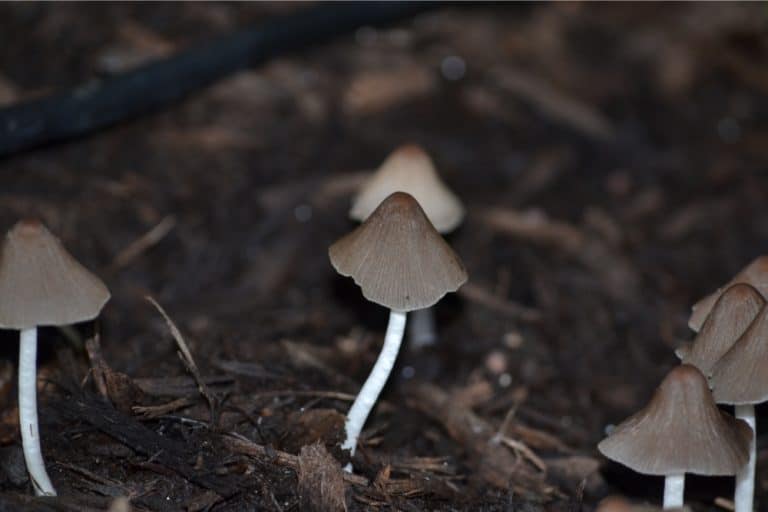
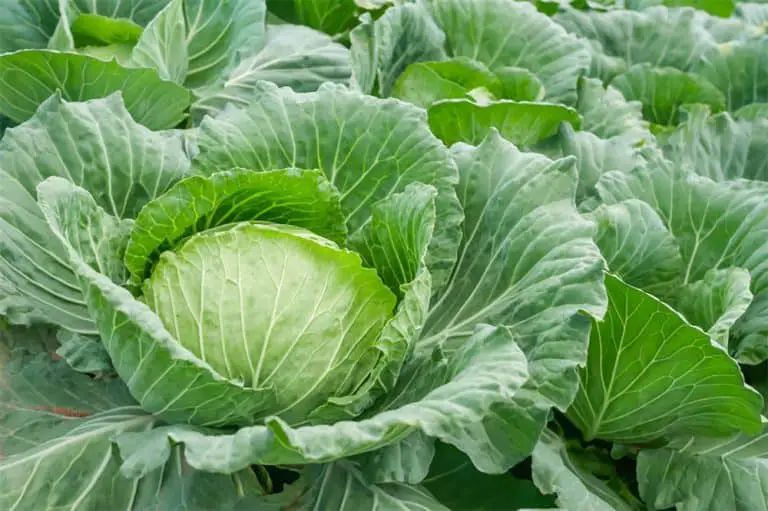
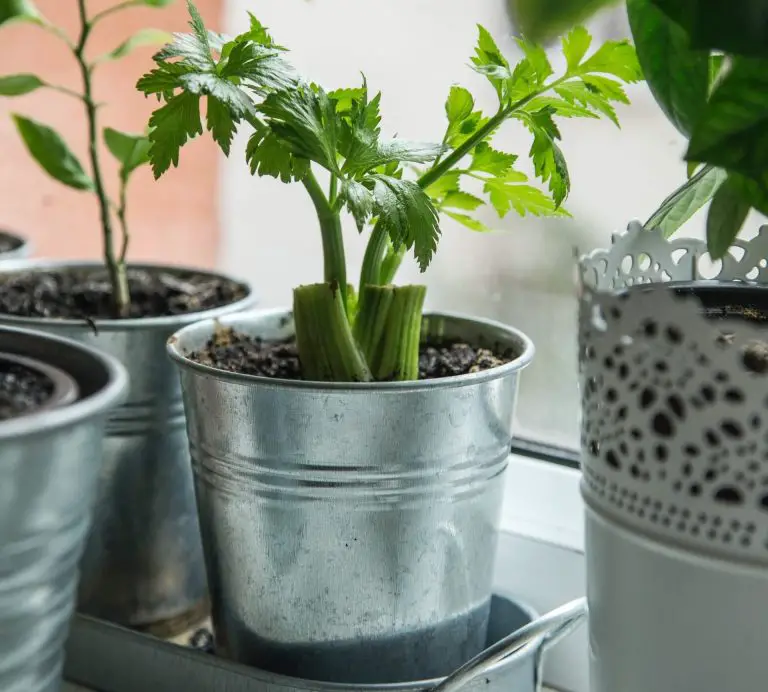
![What To Do With A Tree Stump In The Front Yard [Weird + Wonderful Ideas!]](https://aboveandbeyondgardening.com/wp-content/uploads/2021/10/What-to-do-with-tree-stump-in-front-yard-768x512.jpg)
![How To Keep Foxes Away From Chickens [Practical Solutions!]](https://aboveandbeyondgardening.com/wp-content/uploads/2021/10/How-To-Keep-Foxes-Away-From-Chickens--768x511.jpg)